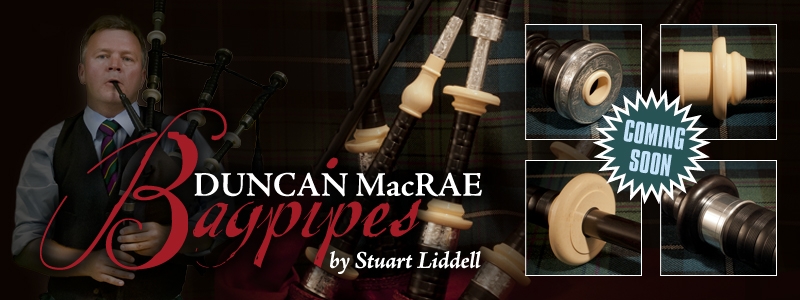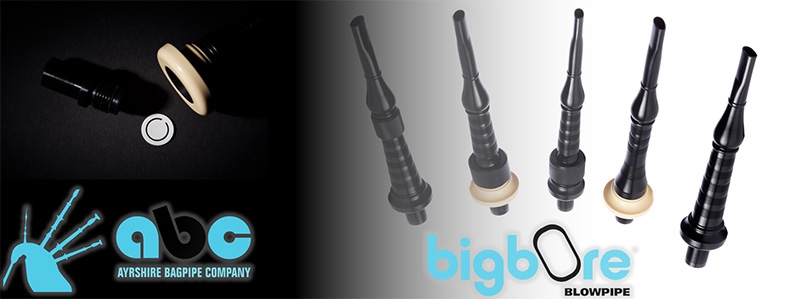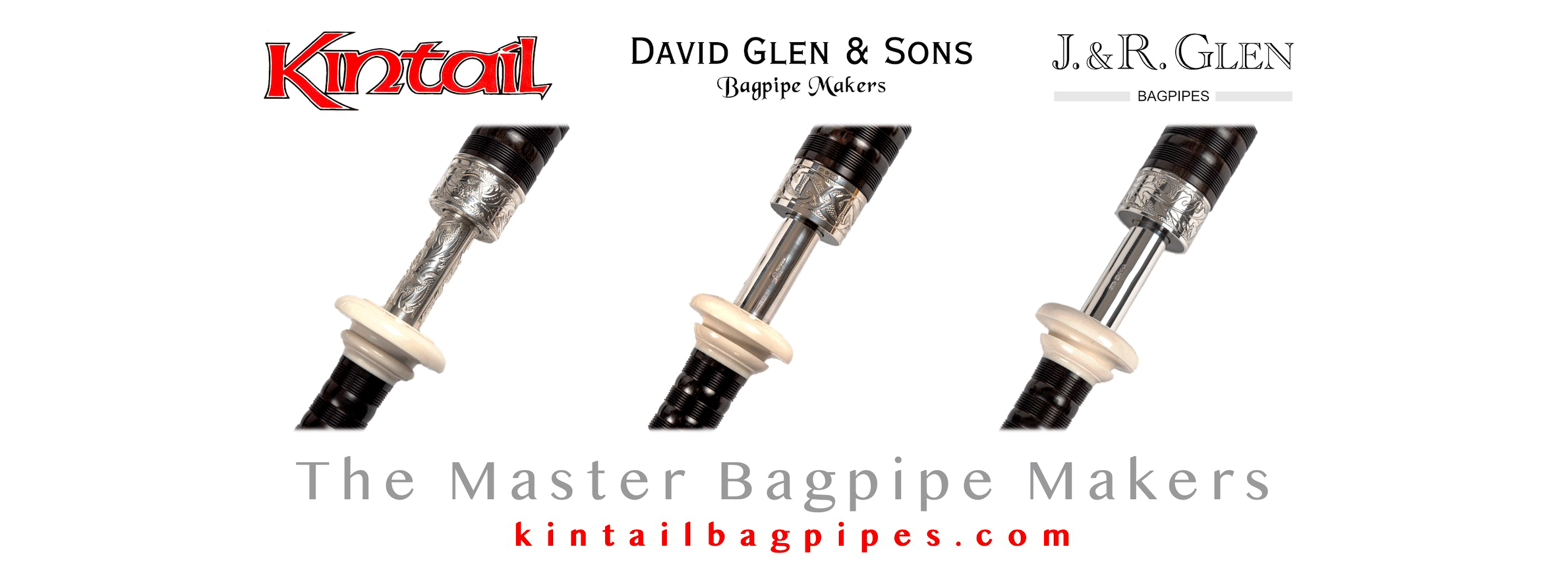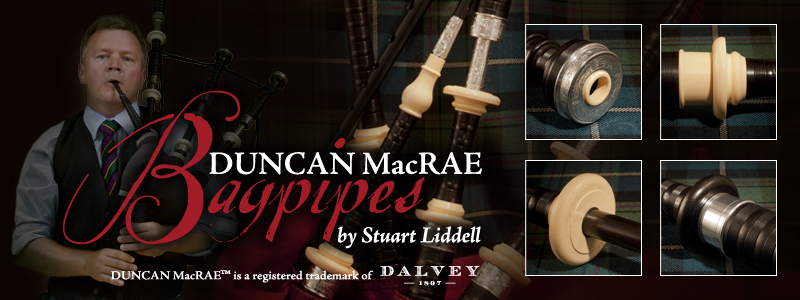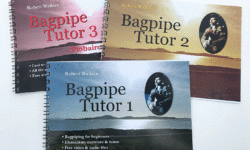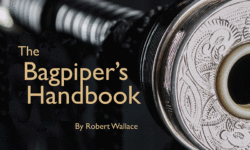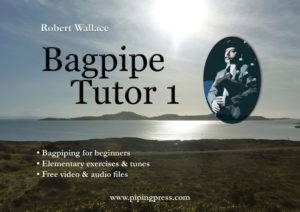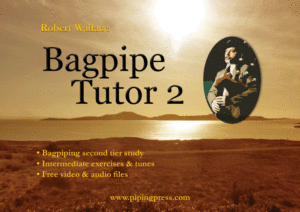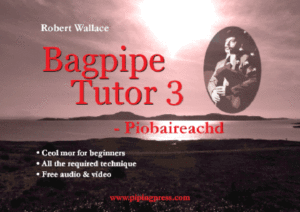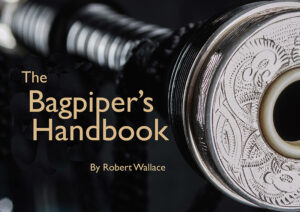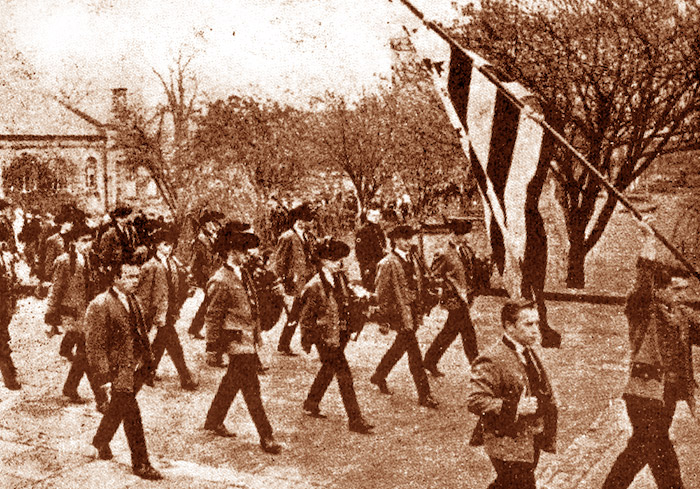
We continue with this article taken from a 1968 edition of the US-based magazine ‘Piping World’. Read the first part here…
The post-war piping boom in Brittany, however, is almost beyond belief, and a leading part in the revival of active interest has been played by the same Highland bagpipe which some thought might ‘wipe out’ Breton piping in the region.
The greatest advances have become apparent in the development of pipe bands, more or less Scottish in concept. There are now more than 100 of them in Brittany.
Equally spectacular advances in the numbers of players of the bombarde and the traditional biniou are being made.
The bagad, the Breton ‘pipe band’, consists of about eight to ten pipers, about the same number of bombarde-ists, and a drum corps similar to that of a Scottish pipe band.
[wds id=”2″]
The pipers play the ‘biniou bras’, the great Highland bagpipe. The bombardes, whose range is an octave higher than that of the pipes, plays a score that may vary even within the same tune.
This could include providing a simple ‘seconds’ part, similar to that of some Scottish retreats, or playing a distinct contrapuntal melody.
The bombarde-ists are, of course, obliged to pause for breath; these ‘rests’ are sometimes used for musical effect and, at others, ‘covered’ by gracenotes in the pipers’ score.
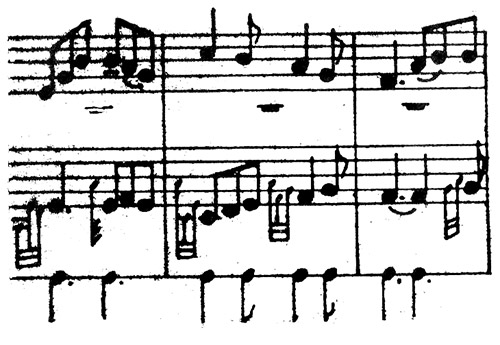
The pipers, of course, play the entire selection without interruption; but, in most compositions, the bombardes remain silent for substantial periods creating a pleasant change of volume and tonality.
The drummers play settings somewhat similar in style to those of Scottish pipe bands. Most bagads play traditional Breton airs, dance tunes, and marches, modern Breton pipe tunes, and Scots and Irish pipe tunes. There are also a number of pipe bands set up along Scottish lines, having no bombardes.
With so much piping talent among its conscripts, the French military have established pipe bands. Naturally enough, considering the seafaring propensities of the Bretons, one of the best known of these is the Bagad de Lann-Bihoue of the French Navy.
They have played in many parts of the world, and participated in the Edinburgh Tattoo of 1965. The uniforms of the bands vary considerably. Some of the pipe bands wear the kilt, while the bagads wear either the Breton costume or a blazer-slacks-balmoral uniform.
The bagads are usually preceded in marching by a ‘flag waver’ in the place of a drum major. The sonneurs de couple (the pairing of binou koz and bombarde) wear the Breton costume or simple mufti.
The number of solo pipers playing the biniou bras grows, albeit more slowly, steadily. Most of these look to Scotland for their music, and play or aspire to play the ceòl mòr.
They have been encouraged by the successes of Jean-Francois Allain, a 19-year-old piper from Nantes who won the open piobaireachd competition at the Glenfinnan Games last August.
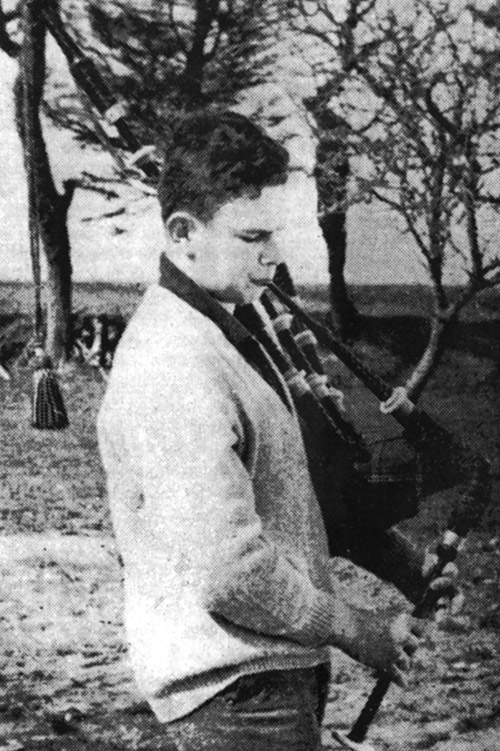
Allain, having studied at the College of Piping and with P/M John MacLellan, was placed second in the March and second in the Strathspey & Reel at the same competition.
Meanwhile, the biniou koz (the small, traditional pipe of the Bretons), has been enjoying its own renaissance. It continues to be played as an accompanying instrument to the bombarde.
The repetoire of the ‘sonneurs de couple’ does not usually include Scottish music. The considerable amount of traditional biniou music grows steadily through the efforts of collectors and contemporary composers alike.
While the playing of bombarde and biniou in these duets is interdependent, it is the bombarde, and not the biniou, which takes the leading part.
- To be concluded.

